Birmingham Civil Rights National Monument is a new National Park Site located in Birmingham, Alabama. The park is still a park in progress which means the National Park Service is working to build visitor services.

Birmingham Civil Rights National Monument
The Birmingham Civil Rights National Monument encompasses roughly four city blocks known as the Birmingham Civil Rights District in Birmingham, Alabama.
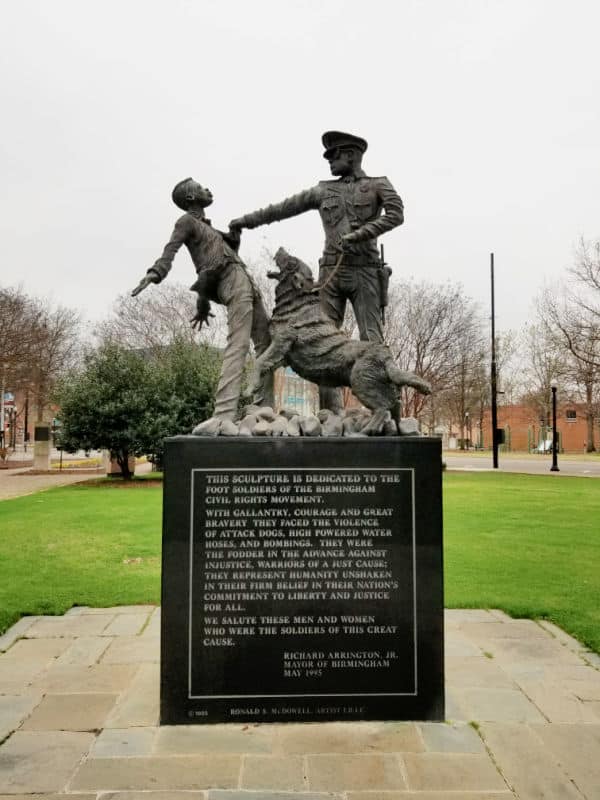
About Birmingham Civil Rights NM
President Barack Obama, on January 12, 2017, established three new parks in honor of the Civil Rights Movement in the United States.
These three sites really help tell the story of the Civil Rights Movement in America in the 1950s and 1960s.
The sites he included designate the Birmingham Civil Rights National Monument in the city of Birmingham Alabama, the Freedom Riders National Monument in Anniston Alabama, and the Reconstruction Era National Historical Park in Beaufort South Carolina.
President Obama signed a proclamation to preserve these sites that demonstrated that “Violence was frequently used to intimidate those who dared to challenge segregation,” and “From 1945 to 1963, Birmingham witnessed 50 bombings of African American homes, businesses, and churches, earning the city the nickname ‘Bombingham.'”
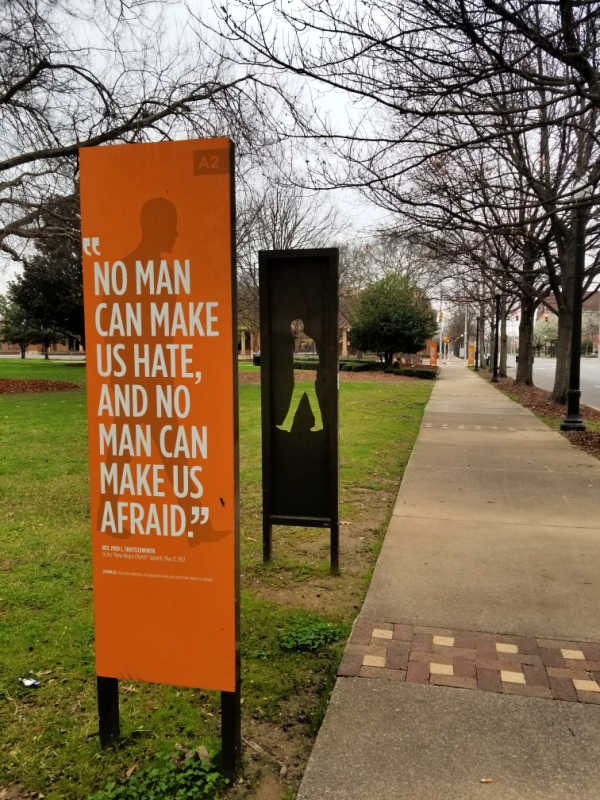
Is Birmingham Civil Rights NM worth visiting?
YES!!!! The park offers the opportunity to learn more about civil rights, the violent police aggression against civil rights protesters in Birmingham, the Alabama Christian Movement for Human Rights (ACMHR), along with seeing vivid examples of segregation and racial injustice in America.
The dramatic scenes that occurred in Birmingham helped spur on public outrage that led to the passage of the Civil Rights Act of 1964.
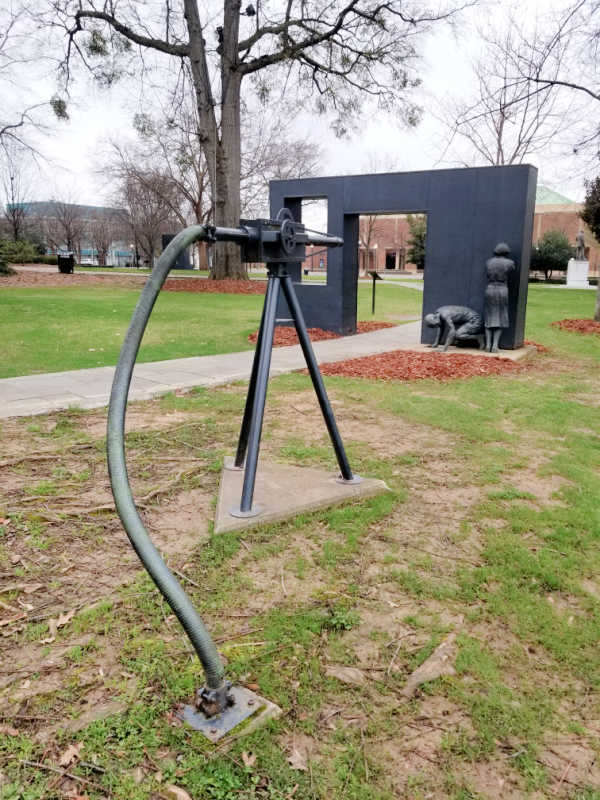
History of Birmingham Civil Rights National Monument
Birmingham, Alabama is considered to be the symbolic city of the Civil Rights Movement in American history. It was here in January of 2017, that four city blocks in downtown Birmingham were dedicated as the Birmingham Civil Rights National Monument.
Landmarks in this district include The Gaston Motel, The Sixteenth Street Baptist Church, Kelly Ingram Park, Bethel Baptist Church, and the Birmingham Civil Rights Institute.
In the 1960s, Birmingham was the largest city in Alabama. It was also a city of extreme discord and violence. Segregation was still very real at the polls, restaurants, and city schools.
African Americans were even banned from living in certain areas of the city. It was in Birmingham, in the spring of 1963, that members involved in the American Civil Rights Movement frequently converged.
They called their meetings to prepare and initiate what was dubbed as “Project C.” This campaign aimed to fight unfair laws, treatment, and practices in regards to the rights and freedoms of African American citizens.
A.G. Gaston (1892-1966) was a successful African American businessman who owned the Gaston Motel. It was a place of dignity for African Americans to appreciate while traveling. Gaston’s motel allowed peace and comfort.
The motel boasted first-class lodging, dining, and rooms with expensive furnishings that people of color had not been afforded the liberty to enjoy.
Of the many who stayed here were Dr. Martin Luther King, Jr., and Reverend Ralph David Abernathy, both instrumental during the planning of Project C.
A short walk from the old Gaston Motel is the Sixteenth Street Baptist Church. This church, originally established in 1873, was called the First Colored Baptist Church.
After the city condemned its first location, the congregation hired Mr. Wallace Rayfield, the only Black architect in Alabama at the time.
The new church, designed by Rayfield, was built in its present-day location under the supervision of a Black contractor named T.C. Windham. The cost was $26,000.
It was this location that became one of the biggest focal points of the Civil Rights Movement in the 1960s. The church became a lynchpin to members of the movement as numerous meetings and planned peaceful protests took place here.
On September 15th, 1963, a tragic event occurred that undoubtedly awoke the nation to the real problem of racism in Birmingham and other cities in the south.
The Sixteenth Street Baptist Church was bombed by four members of the Ku Klux Klan. Four young girls were killed in the basement of the church and 23 others were injured.
It took almost forty years for the FBI to bring cases and file individual indictments on the four Klan members. Today, the church is visited by as many as 200,000 a year.
Many of the rallies which met at the Baptist church continued to the sprawling area of Kelly Ingram Park across the street.
The park became nationally synonymous with Civil Rights protests and rallies, especially after May of 1963. It was during that time that Birmingham police attacked Civil Rights demonstrators in the streets at the park.
Images of this horrific scene of citizens, including children, being hit with high-pressure water hoses and attacked by police dogs, were all over the media in American households.
This event was the catalyst for famous sit-ins, boycotts, and marches in Birmingham. It was during this time that Dr. Martin Luther King Jr. was arrested and wrote his famous work “Letter from Birmingham Jail,” urging his followers to keep fighting racial inequalities using non-violence.
It was the public outrage of the events in Birmingham in 1963 that propelled the government to eventually pass the Civil Rights Act of 1964. This act outlawed discrimination based on race, color, religion, sex, and national origin, it was later included sexual orientation and gender identity.
1960s Birmingham held monumental significance in the fight for Civil Rights. The city embodied the people, ideals, violence, and persistence that was the movement.
In 1992, the Birmingham Civil Rights Institute opened its doors. The center hosts a museum that gives visitors a glimpse into 1960s Birmingham, examining pieces of history from the period including an interpretation of what a segregated city looked like, documents written by Dr. Martin Luther King, Jr., and even the jail cell door which imprisoned him in 1963.
The institute is contained within what is called the Birmingham Civil Rights District which comprises a 36-acre area of the city of Birmingham.
President Barack Obama designated the Birmingham Civil Rights National Monument on the eve of Martin Luther King Jr, day, January 12th, 2017.
His words ring true to the meaning of the history connected to this national monument.
“…These monuments preserve the vibrant history of the Reconstruction Era and its role in redefining freedom. They tell the important stories of the citizens who helped launch the civil rights movement in Birmingham and the Freedom Riders whose bravery raised national awareness of segregation and violence. "
~Barack Obama
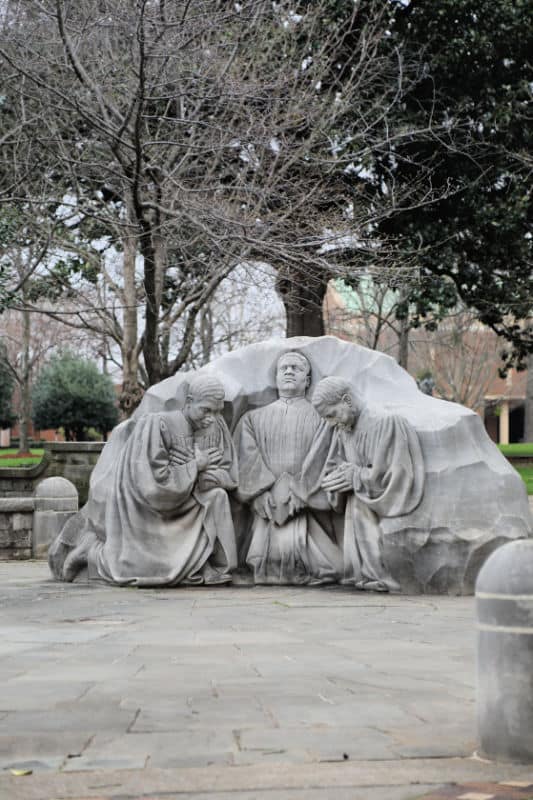
Things to know before your visit to National Park
Entrance fee
$0.00 - There are no fees to visit the park. Some partner sites may have fees associated with visiting their sites.
Learn more about National Park Passes for parks that have an entrance fee.
$80.00 - For the America the Beautiful/National Park Pass. The pass covers entrance fees to all US National Park Sites and over 2,000 Federal Recreation Fee Sites for an entire year and covers everyone in the car for per-vehicle sites and up to 4 adults for per-person sites.

Buy your pass at this link, and REI will donate 10% of pass proceeds to the National Forest Foundation, National Park Foundation, and the U.S. Endowment for Forestry & Communities.
National Park Free Entrance Days -Mark your calendars with the five free entrance days the National Park Service offers annually.
Time Zone
CST - Central Time Zone
Pets
You can easily walk your dog outside by visiting the park sites.
Individual partner sites will have their own rules about pets.
Cell Service
We had great cell service in Birmingham, AL
Park Hours
There are no set hours for the national monument. The sites currently open are all viewed outdoors.
Individual partner sites have their own set hours.
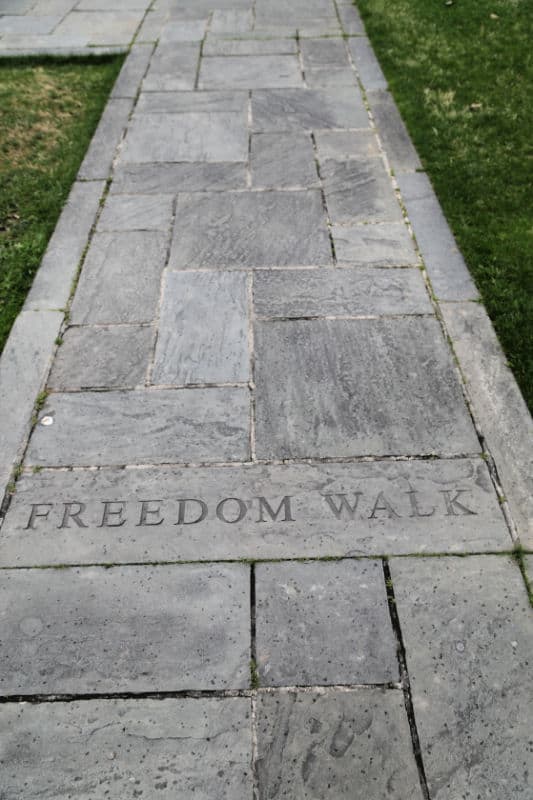
Wi-Fi
There is no designated Wi-Fi for the park.
Water Bottle
Make sure to bring your own water bottle and plenty of water with you.
Parking
We found parking near the park on the side of the road.
Food/Restaurants
There are no designated restaurants for the National Monument.
That being said Birmingham has a ton of great restaurants.
Gas
There are multiple gas stations nearby.
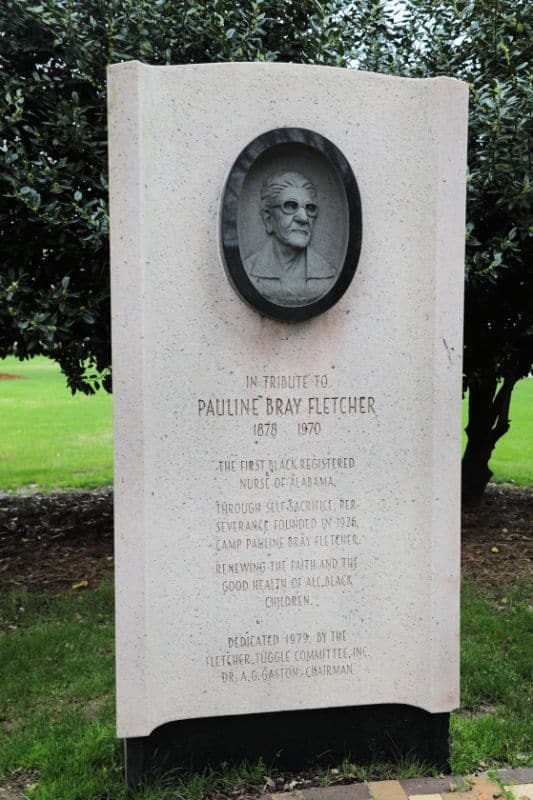
Drones
Drones are normally not allowed within National Park Sites.
Since this site is in the middle of Birmingham you will need to check the current Unmanned Aircraft Systems (UAS) regulations at the time of your visit.
National Park Passport Stamps
National Park Passport stamps can be found in the Birmingham Civil Rights Institute (BCRI) gift store.
Park Passport Stamps may also be available at 16th St. Baptist Church; St. Paul United Methodist Church; The Historic Bethel Baptist Church; Birmingham Civil Rights Institute; and Kelly Ingram Park
We like to use these circle stickers for park stamps so we don't have to bring our passport book with us on every trip.
The National Park Passport Book program is a great way to document all of the parks you have visitied.
You can get Passport Stickers and Annual Stamp Sets to help enhance your Passport Book.
Electric Vehicle Charging
The city of Birmingham, AL has 75 public charging station ports (Level 2 and Level 3).
85% of the ports are level 2 charging ports and 76% of the ports offer free charges for your electric car.
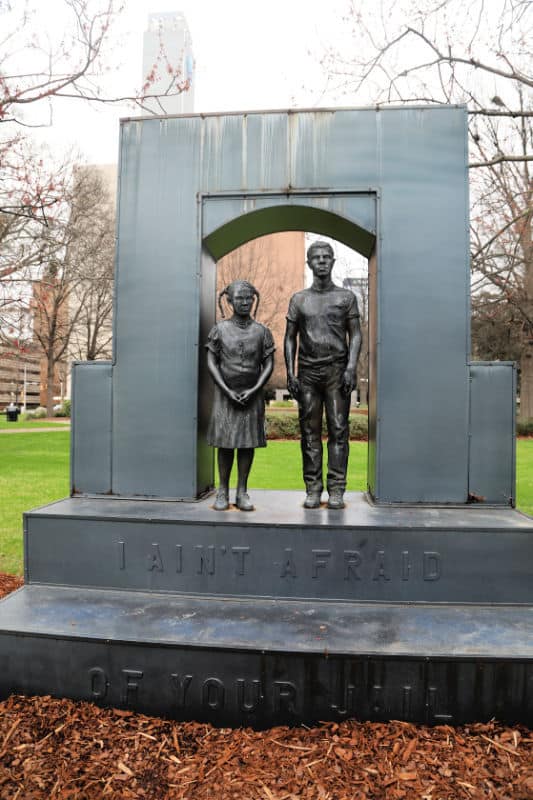
Details about National Park
Size - 18.25 acres
Check out how the parks compare to the 63 National Parks by Size.
Date Established
January 12, 2017, by President Barack Obama
Visitation
Traffic statistics are not available for the park at this time.
Learn more about the most visited and least visited National Parks in the US
National Park Address
Birmingham Civil Rights Institute address - 1510 5th Ave N, Birmingham, AL 35203
This address will get you within the boundaries of the park.
Birmingham Civil Rights NM Map
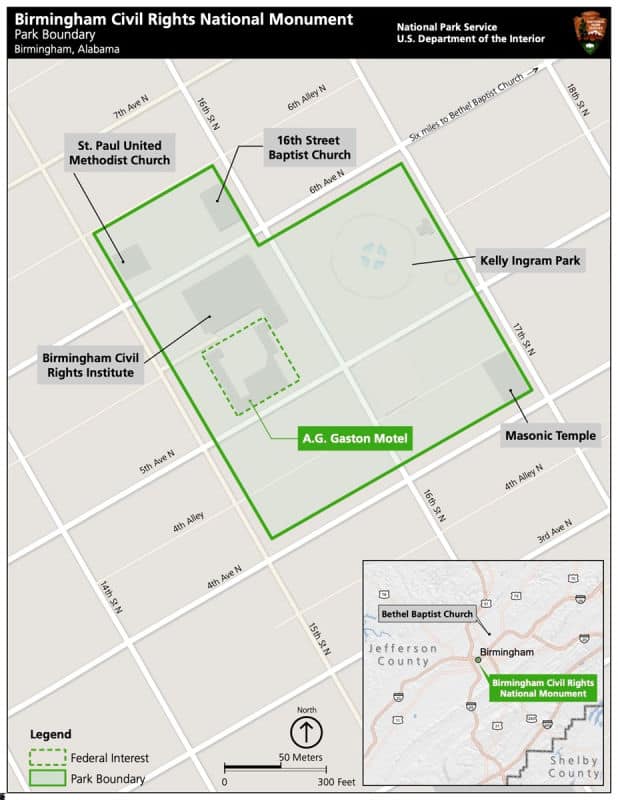
Where is Birmingham Civil Rights NM?
Birmingham Civil Rights National Monument is located in Birmingham, Alabama.
The park is within the center of the city.
Estimated distance from major cities nearby
- Atlanta, GA - 148 miles
- Nashville, TN - 191 miles
- Memphis, TN - 245 miles
- New Orleans, LA - 343 miles
- Louisville, KY - 366 miles
- Charlotte, NC - 393 miles
Estimated Distance from nearby National Park
Great Smoky Mountains National Park - 302 miles
Mammoth Cave National Park - 285 miles
Shenandoah National Park - 630 miles
Hot Springs National Park - 433 miles
Big Bend National Park - 1,172 miles
Where is the National Park Visitor Center?
There is no specific visitor center established for the park at this time.
The park is still a park in progress with a visitor center coming in the future.
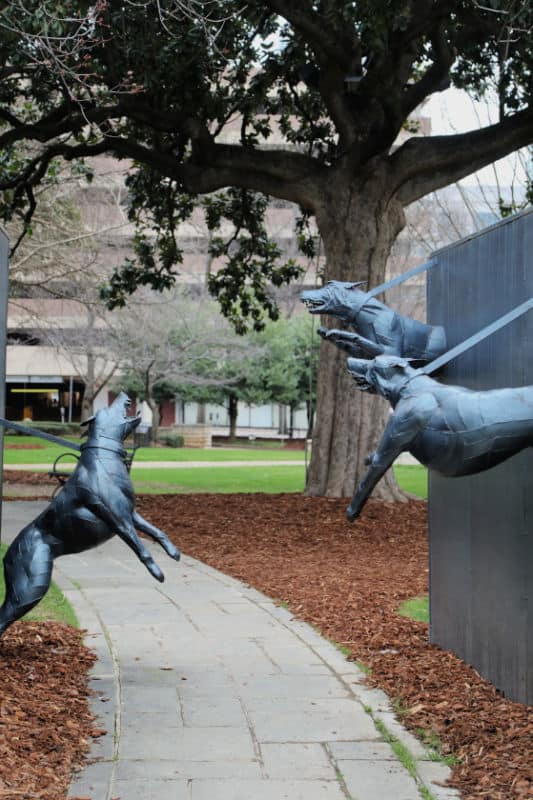
Getting to Birmingham Civil Rights National Monument
Closest Airports
Birmingham-Shuttlesworth International Airport (BHM)
Driving Directions
Via I-65 North or South
From I-65, take I-20/59 NE towards Atlanta. Exit at the 17th Street Exit (first exit off of I-20/59). Bear right and proceed to the light.
From that light go two blocks to 6th Avenue N. Turn right onto 6th Avenue N. The Birmingham Civil Rights Institute is one block up on your left.
Via I-20/59 North (from Tuscaloosa)
From I-20/59, heading towards Gadsden/Atlanta take the 17th Street Exit. Bear right and proceed to the light.
From that light go two blocks to 6th Avenue N. Turn right onto 6th Avenue N. Birmingham Civil Rights Institute is one block up on your left.
Via I-20 West (From Atlanta)
From I-20 W merge into I-59 S. Then take the 22nd Street Exit (Exit #125.) At exit take Left and proceed up three blocks to 6th Avenue N.
Take a right on 6th Avenue N and go down to 16th Street. Birmingham Civil Rights Institute will be on your left.
Directions to A.G. Gaston Motel
The interior of the A.G. Gaston Motel is currently closed to the public and updates for the Motel opening will be available on the NPS park website at a later date.
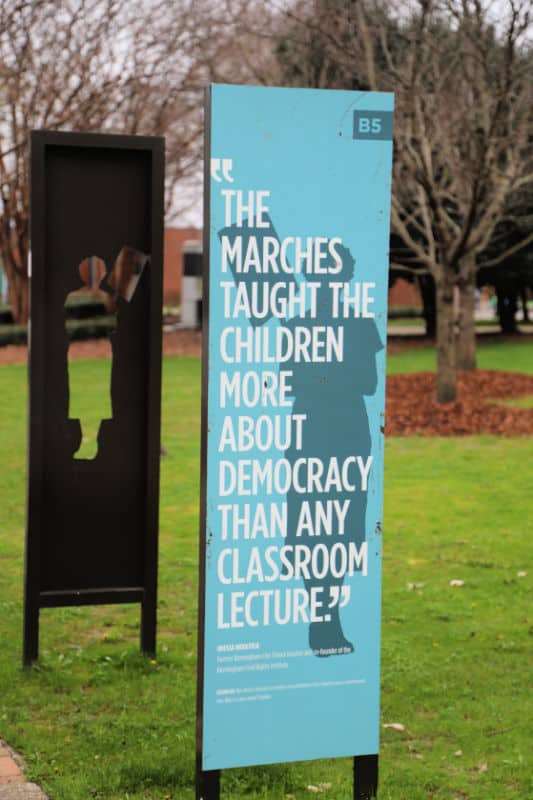
Best time to visit Birmingham
The best times to visit the park are spring and fall. The weather is comfortable without a ton of humidity.
Winters are also mild with less than 2 inches of annual snowfall. Hotel rates are also lower during the winter.
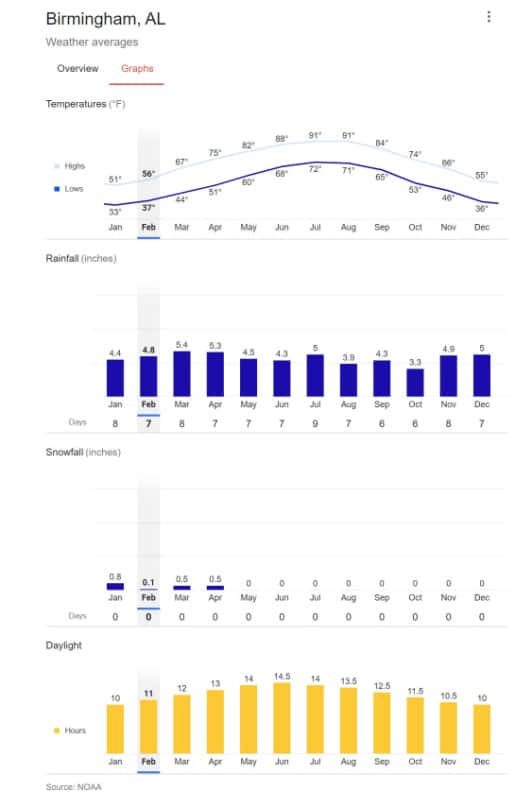
National Park Weather and Seasons
Birmingham summers are hot and humid! Temperatures range from 72 to 93 degrees Fahrenheit.
The feels like the temperature can be much hotter!
The lowest amount of rainfall is during September, October, and November. The least humid month is February.
Places to visit in Birmingham Civil Rights National Monument
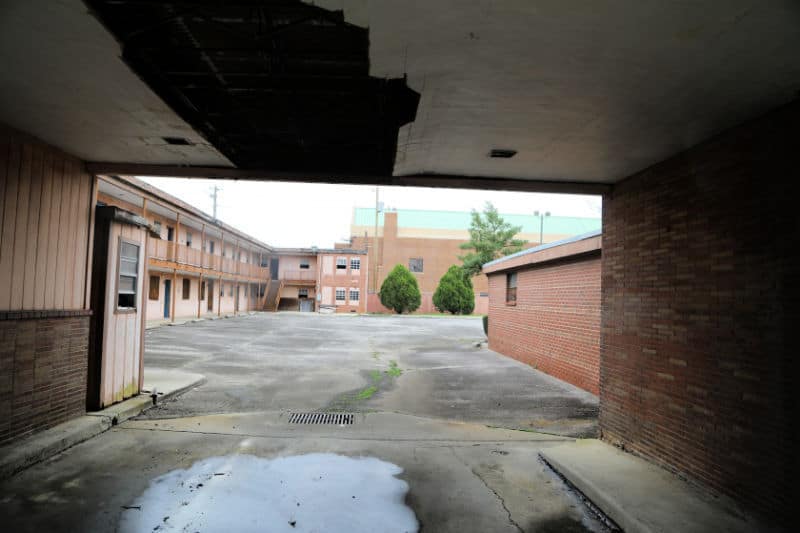
A.G. Gaston Motel
The A.G. Gaston Motel served as the headquarters for the Birmingham campaign.
From April to May 1963 civil rights leaders including Reverend Dr. Martin Luther King Jr. took up residence at the hotel while planning how to target Birmingham's civil rights laws in a non-violent manner.
The A.G. Gaston Motel was a product of segregation. Arthur George Gatson, a successful African American businessman opened the Gaston Motel to address the needs of the segregated community in 1954.
Reverend Dr. Martin Luther King Jr. and Reverend Ralph David Abernathy occupied the motel's main suite, room 30, located on the second floor above the office and lobby. The suite's sitting room was where most of the strategy meetings were held.
The Gaston Motel is currently closed to the public! As of Spring 2021, exterior renovations of the NPS-owned portion of the building are complete, including the installation of a Gaston Motel sign. Visitors are welcome to sight-see around the exterior of the Motel.
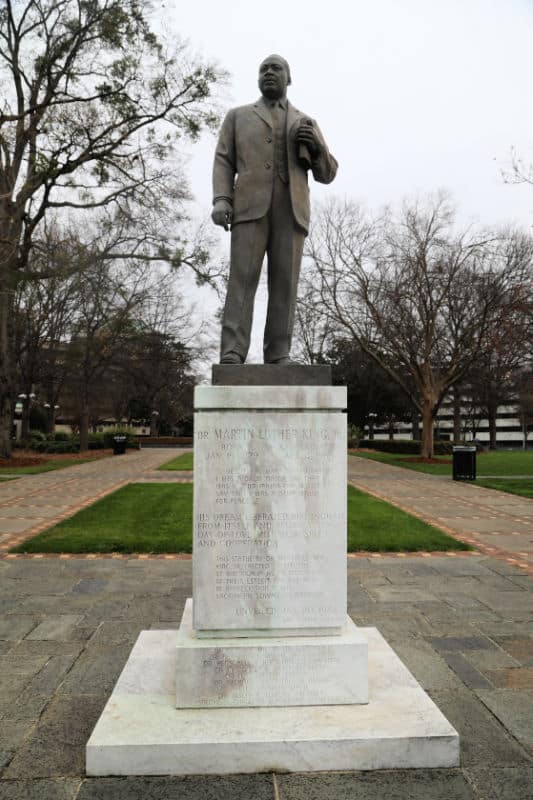
Project C
Civil Rights activists launched one of the most influential campaigns of the Civil Rights Movement: Project C, (C was for confrontation) better known as The Birmingham Campaign. Leaders of Project C made plans in the A.G. Gaston Motel including lunch counter sit-ins, marches on City Hall, and boycotts on downtown merchants to protest segregation laws in the city.
The peaceful but confrontational demonstrations would be met with violent attacks using high-pressure fire hoses and police dogs on protesters including men, women, and children producing some of the most iconic and troubling images of the Civil Rights Movement. These horrific sights pushed President John F. Kennedy to say,
"The events in Birmingham... have so increased the cries for equality that no city or state or legislative body can prudently choose to ignore them."
The images from Project C are considered one of the major turning points in the Civil Rights Movement and the "beginning of the end" of a centuries-long struggle for freedom.
The Real question is was it an end or just an end of an old era of segregation as the struggle for equal rights continues even today.
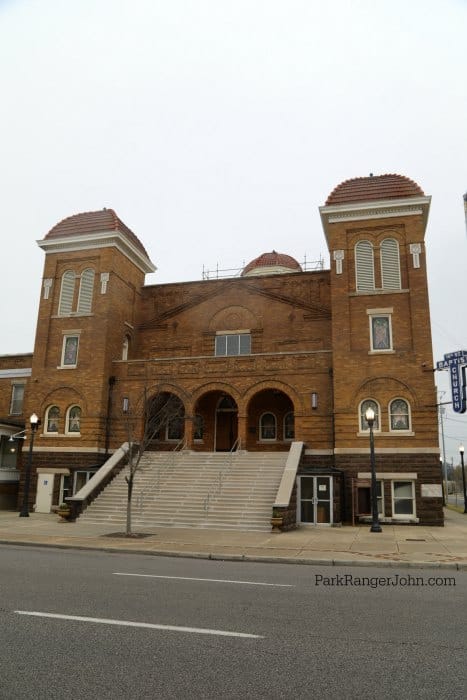
16th Street Baptist Church
On a Sunday morning in 1963, the Ku Klux Klan detonated a dynamite bomb through the side of the 16th Street Baptist Church killing four African American schoolgirls.
Addie Mae Collins. Carole Robertson, and Cynthia Wesley were 14 years old and Denise McNair was 11 when they were killed.
The bombing horrified the nation and was a turning point in the civil rights movement.
This event created public outrage which produced political pressure that helped ensure the passage of the Civil Rights Act of 1964 which was signed into law by President Lyndon Johnson on July 2, 1964.
Bethel Baptist Church
The Bethel Baptist Church has been credited with helping to shape the Civil Rights Movement. Civil Rights Leader, Reverend Fred L. Shuttlesworth was the pastor of the church.
The church often would serve as a gathering place for African Americans to discuss civil rights. These meetings angered white supremacists who in 1958 bombed the church.
Thankfully the church was empty at the time. This event cemented Reverend Shuttlesworth determination to bring Birmingham to the center of the Civil Rights Movement.
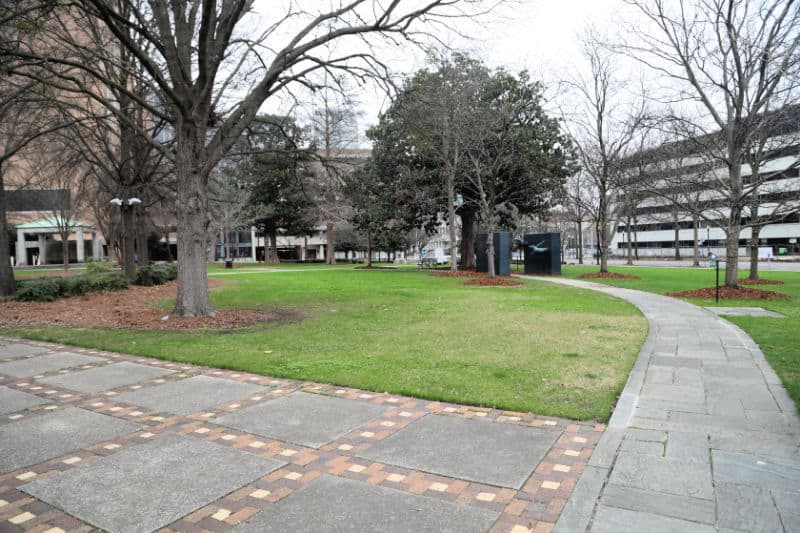
Kelly Ingram Park
In the early 1960s, the Kelly Ingram Park served as a spot for demonstrators to congregate.
On May 2, 1963, over 1,000 African American teenagers prepared to march from the Sixteenth Street Baptist Church to Birmingham City Hall.
Police started arresting the teenage protestors at Kelly Ingram Park.
On May 3, 1963, Commissioner of Public Safety T. Eugene "Bill" Connor stationed police, canine units, and firemen at Kelly Ingram Park.
When protestors entered the park and refused to evacuate they were met with high pressured jets of water from water cannons.
The water from the water cannons knocked protestors to the ground and tore their clothing.
Police commanded six German Shepherds towards the crowd and told them to attack.
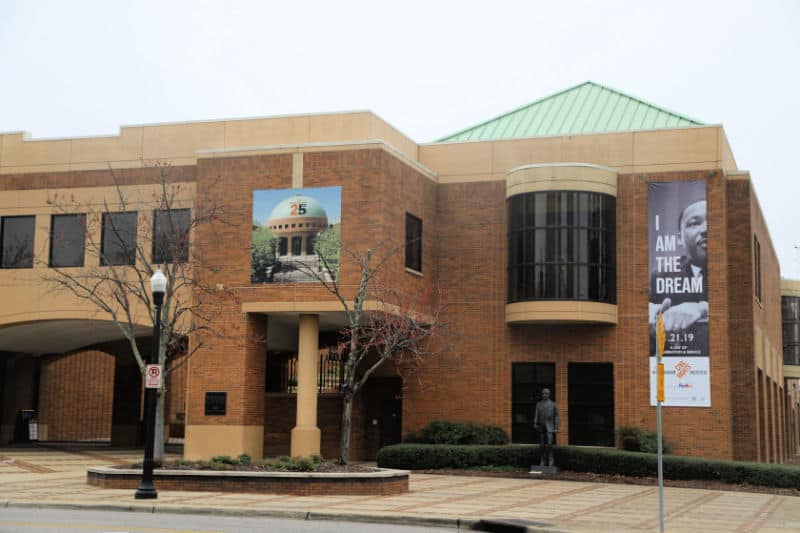
Birmingham Civil Rights Institute
The Birmingham Civil Rights Institute (BICR) is a Smithsonian affiliate. It is located across the street from Kelly Ingram Park and close to the A.G. Gaston Motel and 16th Street Baptist Church.
The institute is a cultural and educational research center that has several exhibits. Permanent exhibits include the Movement Gallery, Confrontation Gallery, and Barriers Gallery. They also host special and traveling exhibits, and have education and curriculum guides.
They opened their doors in 1992 and have been visited by over 2 million visitors.
The Birmingham Attraction Pass includes 14 of Birmingham's top attractions with a 1, 2, or 5-day all-in-one attraction pass. Enjoy access to 12 ticketed attractions and information on several attractions that are free to the public.
- Admission and guided tour of 16th Street Baptist Church and Museum
- Admission to Alabama Sports Hall of Fame
- Admission to Barber Vintage Motorsports Museum
- Admission to Birmingham Botanical Gardens
- Admission to Birmingham Civil Rights Institute
- Admission to Birmingham Zoo
- Admission to Historic Bethel Baptist Church
- Self-guided train ride tour of Heart of Dixie Railroad Museum
- Admission to McWane Science Center
- Admission to Negro Southern League Museum
- Admission to Oak Mountain State Park
- Admission to Sloss Furnaces National Historic Landmark
- Admission to Southern Museum of Flight
- Admission to Vulcan Park And Museum
St. Paul United Methodist Church
St. Paul United Methodist Church was established to allow newly freed African American slaves an opportunity to gather and worship in 1869.
The church was one of the earliest churches to hold mass meetings and played a significant role in the civil rights movement.
Portions of the 4th Avenue Business District.
The 4th Avenue Business District was home to barbers and beauty shops, restaurants, theaters, and motels that African Americans could visit without discrimination.
Jim Crow Laws forced the growing African American business community into an area along Third, Fourth, and Fifth Ave North.
This area served as the business, social, and cultural center.
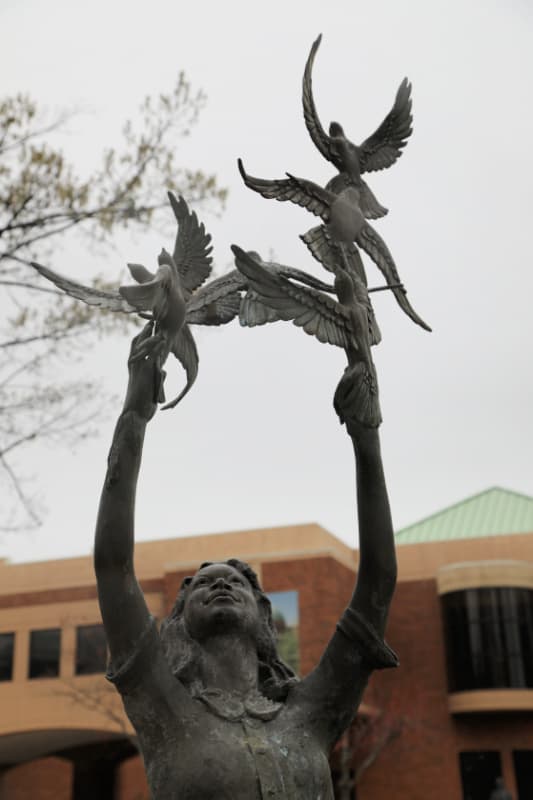
Where to stay when visiting Birmingham Civil Rights NM
Nearby lodging options include:
Elyton Hotel, Autograph Collection by Marriott - 4-star hotel in the heart of Downtown Birmingham. rooftop terrace, a bar, and a 24-hour gym. Enjoy local and international cuisine, al fresco dining, and brunch at the two onsite restaurants. Stay connected with free in-room Wi-Fi, and guests can find other amenities such as conference space.
Hilton Garden Inn Downtown Birmingham - terrace, dry cleaning/laundry services, and a bar at Hilton Garden Inn Downtown Birmingham. Be sure to enjoy a meal at Garden Grille & Bar, the onsite restaurant. Free in-room Wi-Fi is available to all guests, along with a gym and a 24-hour business center.
Westin Birmingham - rooftop terrace, a coffee shop/café, and dry cleaning/laundry services. The onsite restaurant, Todd English P.U.B., features light fare. Stay connected with free Wi-Fi in public areas, and guests can find other amenities such as 2 bars and a 24-hour gym.
Hampton Inn & Suites - Free to-go breakfast, dry cleaning/laundry services, and a 24-hour gym are just a few of the amenities provided at Hampton Inn & Suites-Downtown-Tutwiler. Free in-room Wi-Fi and a 24-hour business center are available to all guests.
Hilton Birmingham - 4-star hotel in the heart of Downtown Birmingham. Free in-room Wi-Fi, with speed of 25+ Mbps, is available to all guests, along with shopping on site and a coffee shop/café.
Click the map below to see current rates for additional hotels and vacation rentals near Birmingham Civil Rights NM.
Camping
There is no camping within the park. The closest campgrounds to the park include:
Oak Mountain State Park Campground
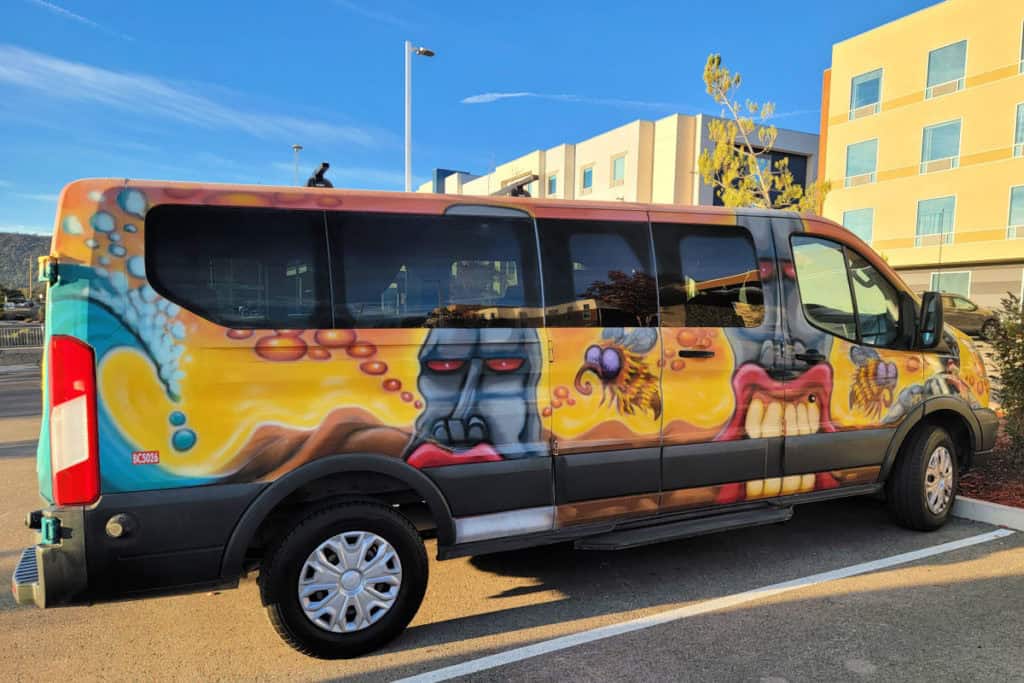
For a fun adventure check out Escape Campervans. These campervans have built in beds, kitchen area with refrigerators, and more. You can have them fully set up with kitchen supplies, bedding, and other fun extras. They are painted with epic designs you can't miss!
Escape Campervans has offices in Vancouver, Seattle, Portland, San Francisco, Las Vegas, Los Angeles, Phoenix, Salt Lake City, Denver, New York, and Orlando
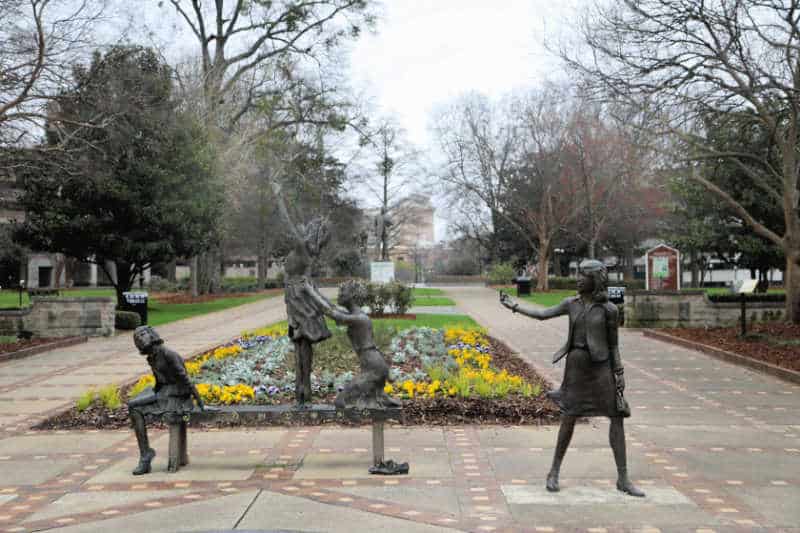
Things to know when booking a trip to Birmingham Civil Rights National Monument
Check the park's Facebook page for updates on park progress.
Visit the parks partner sites for information:
Birmingham Civil Rights Institute (located right next to the Gaston Motel)
520 16th Street N.
Birmingham, Alabama 35203
Additional Resources
While the World Watched: A Birmingham Bombing Survivor Comes of Age during the Civil Rights Movement
Carry Me Home: Birmingham, Alabama: The Climactic Battle of the Civil Rights Revolution
The A.G. Gaston Motel in Birmingham: A Civil Rights Landmark
A Fire You Can't Put Out: The Civil Rights Life of Birmingham's Reverend Fred Shuttlesworth
Bending Toward Justice: The Birmingham Church Bombing that Changed the Course of Civil Rights
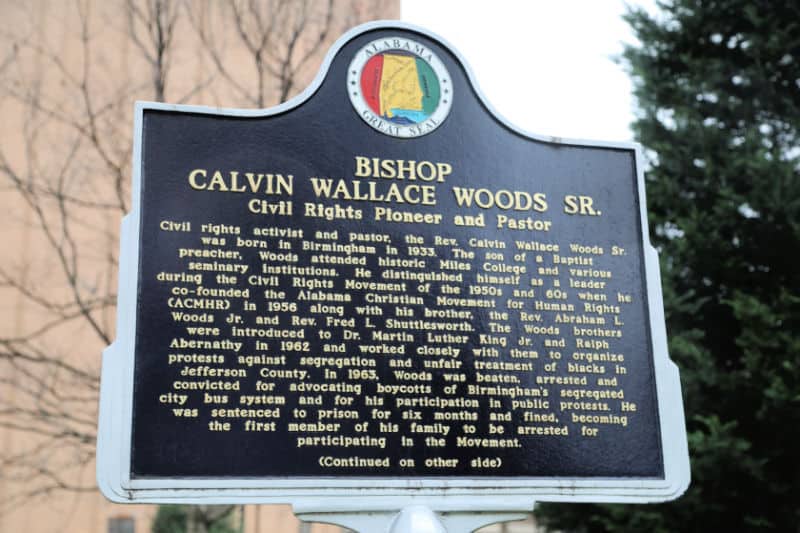
Parks near Birmingham Civil Rights NM
Freedom Riders National Monument - 61 miles
Little River Canyon National Preserve - 97 miles
Selma to Montgomery National Historic Trail - 117 Miles
Russell Cave National Monument - 144 miles
Martin Luther King Jr. National Historical Park - 148 miles
Kennesaw Mountain National Battlefield Park - 146 miles
Check out all of the National Parks in Alabama along with neighboring Florida National Parks, Mississippi National Parks, Georgia National Parks, and Tennessee National Parks
Check out all of the National Monuments managed by the NPS
National Park Service Website
Make sure to follow Park Ranger John on Facebook, Instagram, Pinterest, and TikTok

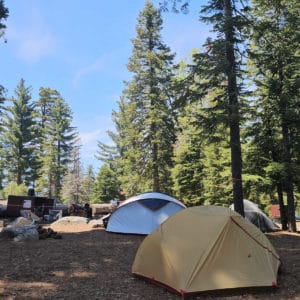
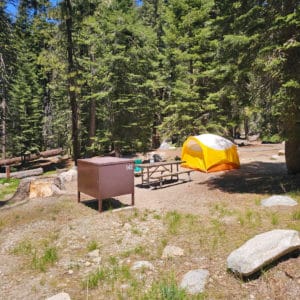
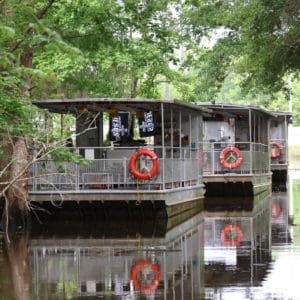
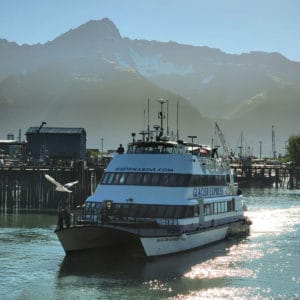
Leave a Reply